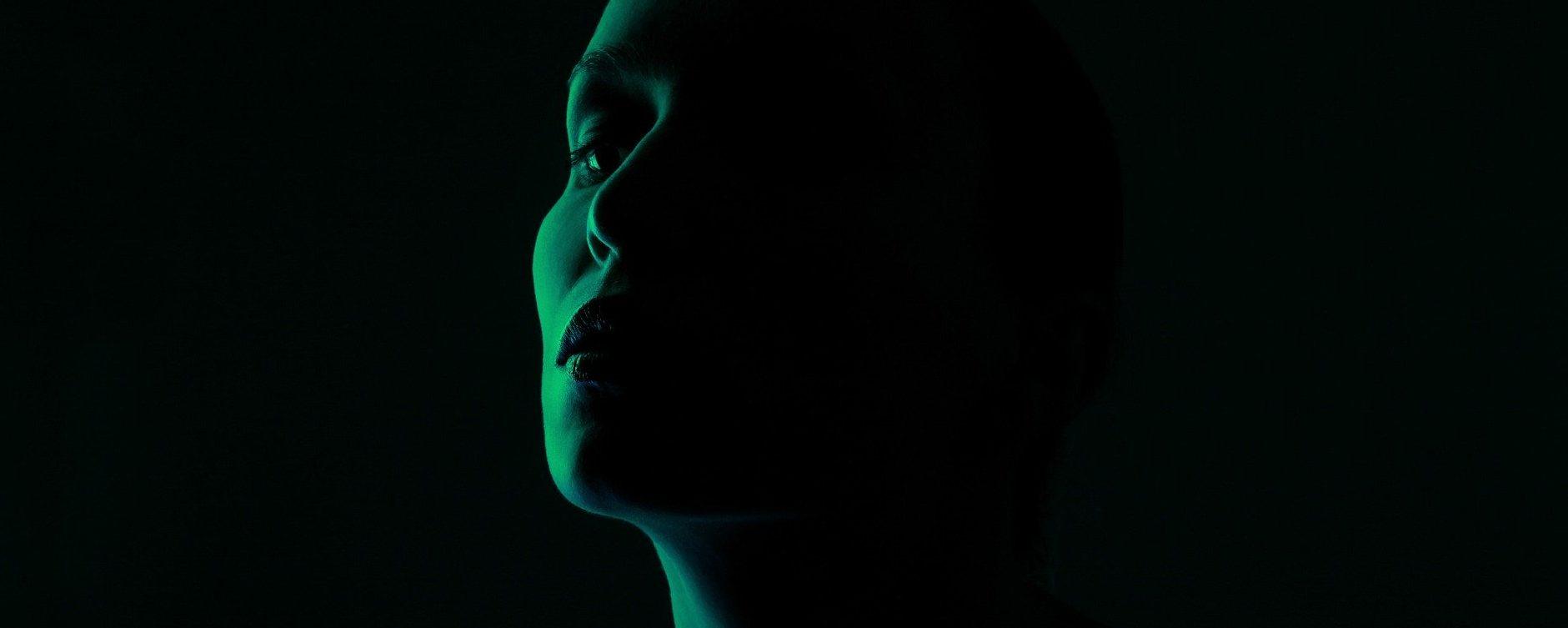Well, when it comes to writing a novel, we might need to focus on more than just the plot of the story, that is creating perfect characters for your story. I mean isn’t it pretty obvious your story needs exceptionally created characters that have the power to carry the excellence of your book.
But, have you thought about villains playing a more important role in any book, than any other characters? It may seem a little unbelievable but villains have the ability to leave an unforgettable impact on many readers. Take the example of the cold-blooded character of Maven Calore of Red Queen, his character throughout the novel was unpredictable and his death left every reader in grief, right?
Understanding The Role of Fear in Storytelling
Before we dive into the process of crafting your perfectly terrifying villain, firstly let’s understand why the element of fear is important in storytelling. Well, fear is a pretty powerful emotion that has the power to captivate and enthrall every reader. Don’t we all love to get on the edge of our seats and make our heart race?
According to many reputable ghostwriting services, fear plays a pretty crucial part, if you want to create a memorable and truly terrifying villain. These villains, with their dark intentions and violent actions, wake our deepest fears and nightmares.
Top 3 Elements of a Truly Terrifying Villain: Key Characteristics and Traits
The Importance of Strong Motivation in Villains
Firstly, for a truly terrifying villain must have a strong motivation that drives their actions. Whether it’s revenge, a thirst for power, or a twisted ideology, their motivation should be deep-rooted and believable. This gives the villains depth and complexity, making them more than just a one-dimensional antagonist.
The Power of Malevolence: Developing Evil Intentions
Many of you may agree with me when I say that malevolence is the cornerstone of a terrifying villain. They must possess a sense of cruelty, sadism, or pure evil that sends shivers down our spines. Characters like Professor Jim Moriarity of Sherlock Holmes, with his extreme intellectual ability, we never predict his next move, not even Sherlock himself.
Appearance and Physicality: Enhancing the Fear Factor
A villain’s appearance and physicality can greatly enhance their impact. Whether it’s their menacing presence, eerie voice, or distinctive features, these characteristics help solidify their role as a truly terrifying antagonist. A well-designed villain will haunt our dreams long after we’ve put down the book or left the movie theater.
Effective Techniques for Evoking Terror in Villains
You have the perfect idea and storyline for your villain, but now you are thinking about how to make them more terrifying. Well, here are some of the effective tips to add some terror to your antagonist.
The Use of Suspense and Tension in Villainous Scenes
Suspense and tension are key ingredients in crafting terrifying villains. So, make sure to build anticipation, gradually revealing their true nature, and creating nail-biting moments, storytellers keep us engaged and constantly on edge. The fear of the unknown can be more terrifying than the act itself.
Psychological Manipulation: Playing with the Readers’ Emotions
As a skilled storyteller, you should know how to play with your reader’s emotions, manipulating their fears and anxieties to create an immersive and terrifying experience. Through psychological manipulation, they can make us believe that we are right there with the characters, experiencing their terror firsthand.
The Art of Foreshadowing: Planting Seeds of Fear
Foreshadowing is an art that allows storytellers to plant seeds of fear in our minds long before the true terror arrives. By dropping subtle hints, ominous clues, and unsettling events, they build a sense of dread that culminates in spine-chilling revelations.
Conclusion
In short, when you start writing your next bestseller, make sure to put extra effort into creating your villain. Also, make sure to play creatively with the emotions of your readers, and make your villain more terrifying.



